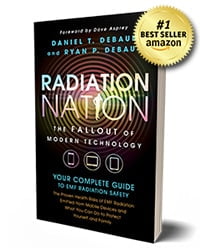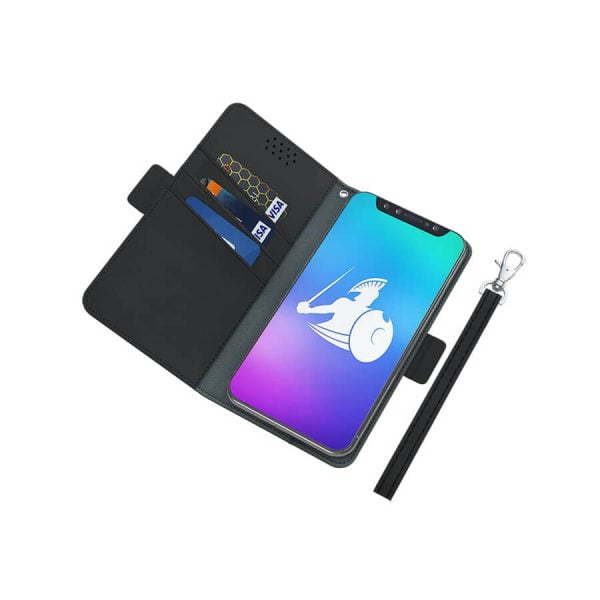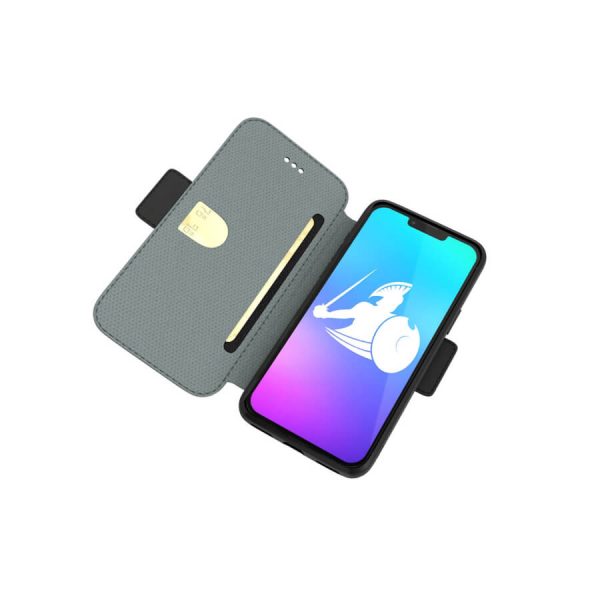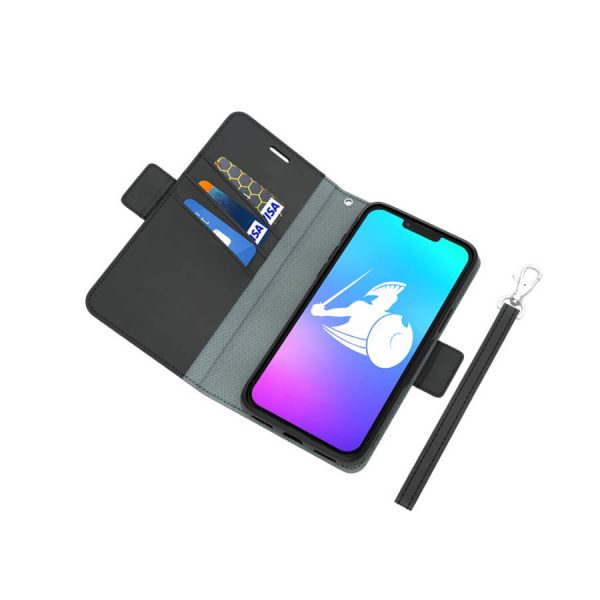Your cart is currently empty!

Radiation from Computer: Steps to Minimize Exposure
Last Updated on October 4, 2023

Radiation is produced when electrically charged waves move through space, transmitting a signal to a device and setting up an electromagnetic field (EMF) around a source.
The energy or radiation within the magnetic field varies according to the frequency of the waves. Longer waves produce less radiation because they operate at a lower frequency. Low frequency waves are characterized on the left side of the electromagnetic spectrum and include radio waves, microwaves, and infrared waves.
Computer radiation is a form of low frequency Electromagnetic Field (EMF) radiation generated from artificial waves.
Artificial radio waves are created primarily for communication, such as fixed and mobile radios, broadcasting networks, navigation systems, radar, satellites, computers and cellular phones. How Stuff Works explains artificial radio waves as able to, “transmit music, conversations, pictures and data invisibly through the air…”
Radio communication works at the speed of light by sending data through an antenna, where it is encoded and transmitted through low frequency radio waves to a receiver (computer, radio or cell phone), which decodes the data and produces the message, image, or audio.
A low level EMF is then created around the device, where the waves oscillate between the two locations. This field produces radio, television and computer radiation as a result. Radio waves can also occur naturally in the environment from lightning or astronomical objects.
With an understanding of how radiation comes to surround electronic devices we use everyday, it is necessary to understand how this radiation affects individuals. Low frequency EMF has frequencies between 3 to 300 Hz and 900 MHz to 8 GHz. It is associated with non-ionizing radiation because it generally does not carry enough energy to remove electrons from an atom or molecule.
Examples of non-ionizing radiation are radio waves, microwaves, infrared, visible light and near ultraviolet radiation, meaning near and medium ultraviolet waves are non-ionizing, but UV properties are still able to cause ionizing features, such as DNA damage. While radio waves are non-ionizing (unable to separate atoms), they are considered thermal and non-thermal emissions that can be potentially dangerous to the body. There are precautionary steps to keep in mind when in the presence of computer radiation or low frequency antennas.
Desktop computer radiation or laptop radiation emit and surround the device. Without this electromagnetic field, there would be no WiFi or communication online, reinforcing people’s need and appreciation for artificial radio waves.
Like other forms of electromagnetic waves, there are some steps to minimize potential harm involved with EMF exposure. Among these steps is shutting off devices, increasing distance from device and storing items away (in a closet or on shelf away from sight) when not in use.
Other precautions against computer radiation or any low frequency radiation, such as televisions, cell phones or microwaves, is to use a hard-wired Internet connection and a land-line telephone. In other words, skip wireless altogether and try to ground as many electrical devices as possible.
Another practical solution to protect from laptop radiation, is a laptop radiation shield, to reduce direct exposure to the body.
Related Posts
None found























































